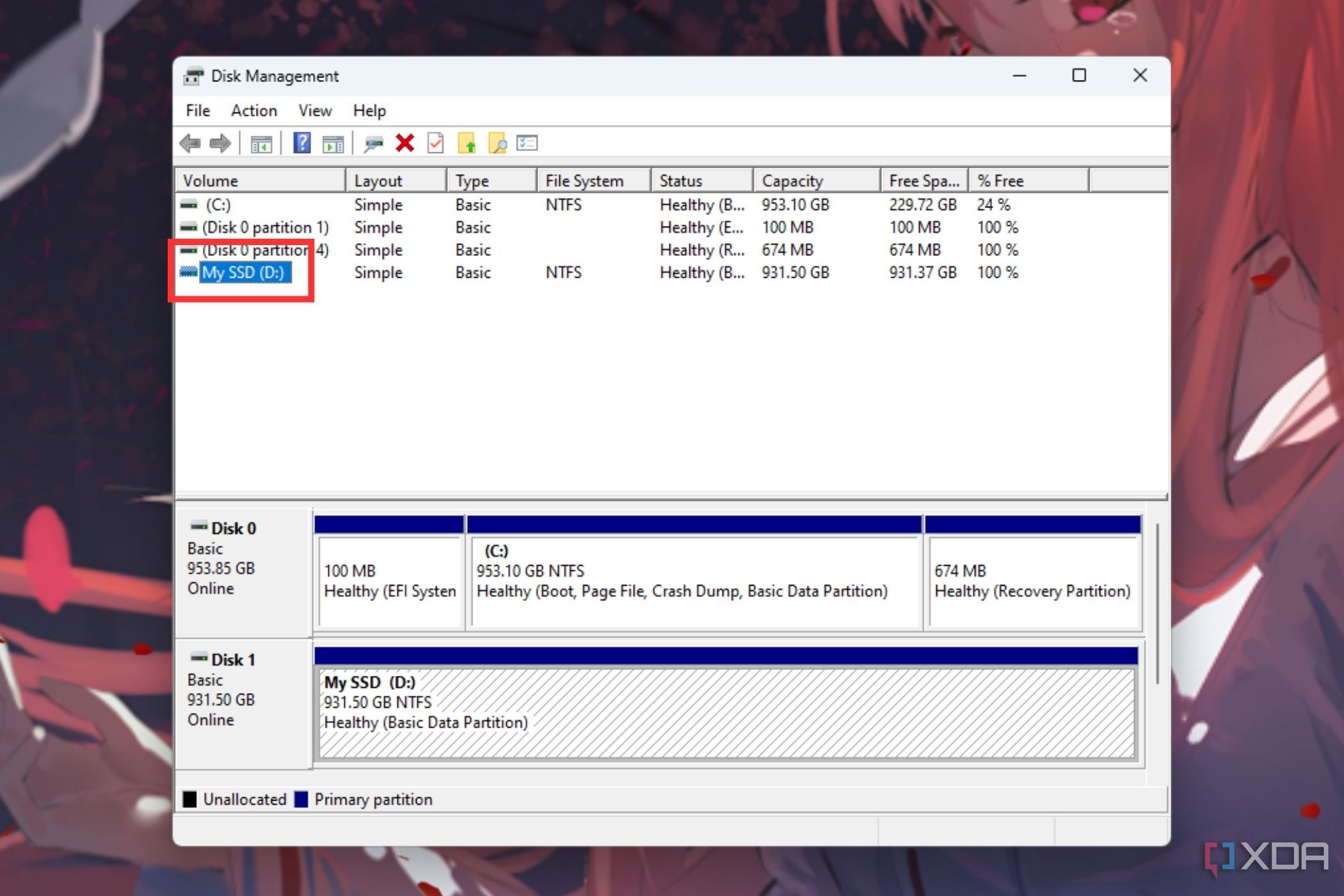
SSD Update Scare: Recent concerns about Windows updates damaging solid-state drives (SSDs) have been largely dispelled by investigations from both Microsoft and Phison, a leading SSD controller manufacturer. Initial reports suggested that specific Windows 11 updates were causing drive failures, but thorough testing has failed to reproduce these issues, offering reassurance to PC users. This article delves into the details of these claims, the investigations that followed, and what it all means for the health of your SSD.
The SSD Scare: Unfounded Fears?
In mid-August 2025, reports began circulating that the Windows 11 24H2 security update KB5063878, released on August 12, 2025, along with the July preview update KB5062660, was causing SSDs and even some hard disk drives (HDDs) to malfunction. Users reported a range of problems, from drives disappearing from the operating system to data corruption and complete drive failure. These issues seemed to occur more frequently during heavy write operations, such as copying large files or installing substantial game updates, particularly on drives that were over 60% full. The initial detailed reports came from a Japanese PC building enthusiast and X user @Necoru_cat, with subsequent reports emerging globally. This sparked widespread concern among PC enthusiasts and raised questions about the stability of Windows updates and their impact on storage devices.
Microsoft and Phison Respond
Given the severity of the claims, both Microsoft and Phison launched investigations to determine the validity of the reports. Phison, a major manufacturer of SSD controllers, acknowledged the claims around mid-August and issued a formal statement on August 27, 2025. Microsoft followed suit with its own statements around August 29-31, 2025. Both companies dedicated significant resources to replicating the reported issues in controlled testing environments.
The Investigation Findings
After extensive testing, both Microsoft and Phison concluded that they could not reproduce the reported SSD failures. Microsoft, in a service alert, stated, “After thorough investigation, Microsoft has found no connection between the August 2025 Windows security update and the types of hard drive failures reported on social media.” This statement provides a strong indication that the observed issues were not directly caused by the Windows update. Phison’s investigation was equally thorough. According to their statement, they conducted over 4,500 cumulative testing hours and more than 2,200 test cycles without encountering the reported problems. These findings suggest that the initial concerns were likely based on coincidental hardware failures or other underlying issues, rather than a direct flaw in the Windows update itself.
Possible Alternative Explanations
While the investigations did not find a direct link between the Windows updates and SSD failures, the question remains: what could have caused the reported issues? Both Microsoft and Phison suggest that the failures may be due to other, as-yet-unknown issues or could simply be routine hardware failures. It’s important to remember that SSDs, like all hardware components, have a lifespan and can fail unexpectedly. The timing of these failures coinciding with a Windows update could have led to a false association.
Ruling Out Initial Speculation
Initial speculation pointed to several potential causes, including a drive cache issue, a memory leak within Windows’ OS-buffered region, or vulnerabilities in specific SSD controllers from manufacturers like Phison, InnoGrit, and Maxio. These theories were based on the idea that the update might have triggered a conflict with certain hardware configurations or exposed existing vulnerabilities. However, the inability to reproduce the issues under controlled testing conditions effectively ruled out these initial hypotheses. This underscores the importance of rigorous testing and data-driven analysis in resolving complex technical issues.
Impact and User Recommendations
Despite the official statements aimed at reassuring users, the initial reports caused considerable concern. Some users were advised to consider rolling back the update or to avoid heavy write operations on their SSDs as a precaution. While these measures may have provided a temporary sense of security, they were ultimately unnecessary based on the investigation findings. The lack of a definitive root cause for the isolated incidents means that affected users may still be left troubleshooting independently, potentially looking into specific hardware configurations or other system-level issues. However, the widespread discussion served as a valuable reminder for all users to maintain regular backups of their important data.
Best Practices for SSD Health
Regardless of the Windows update scare, it’s always a good idea to follow best practices for maintaining the health and longevity of your SSD. This includes:
- Regularly backing up your data: This is the most important step to protect yourself from data loss in case of any hardware failure.
- Monitoring your SSD’s health: Use tools like CrystalDiskInfo to monitor the S.M.A.R.T. attributes of your SSD and identify potential issues early on.
- Keeping your operating system and drivers up to date: While the Windows update was not the cause of the reported issues, keeping your system updated is still important for security and performance.
- Avoiding excessive write operations: While modern SSDs are designed to handle a significant amount of write operations, minimizing unnecessary writes can help extend their lifespan.
- Ensuring adequate cooling: SSDs can generate heat, especially during heavy use. Make sure your system has adequate cooling to prevent overheating.
Conclusion: A Learning Experience
The Windows update SSD scare ultimately proved to be largely unfounded, with investigations failing to establish a direct link between the updates and the reported drive failures. While the initial reports caused concern and prompted precautionary measures, the thorough investigations by Microsoft and Phison provide reassurance to PC users. The incident serves as a reminder of the importance of critical thinking, data-driven analysis, and maintaining best practices for hardware maintenance. Always back up your data, monitor your drive’s health, and stay informed about potential issues, but don’t panic over every report of a potential problem.

